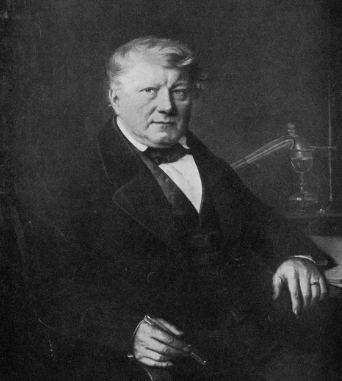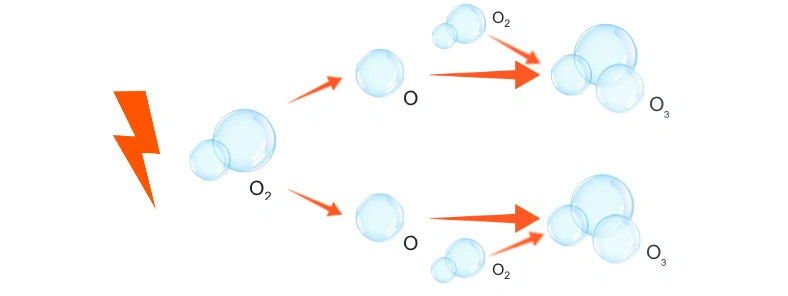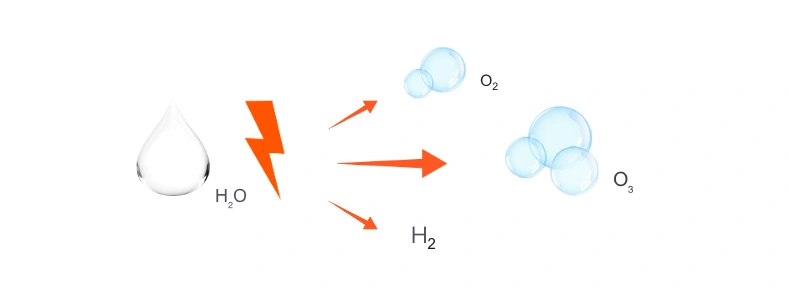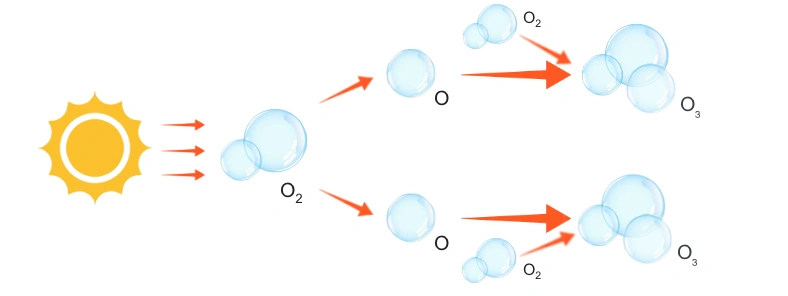Ozone is an allotrope of oxygen. More than 90% of the ozone in the atmosphere is found in the ozone layer in the lower stratosphere, which is 15-50 km above the ground. There, oxygen molecules are broken down into oxygen atoms by the Sun’s high-energy radiation. Oxygen atoms then combine with oxygen molecules to form ozone. Ozone is vital to human survival and can absorb short-wave ultraviolet rays that are harmful to Earth life.

In 1785, Dutch chemist Martinus van Marum was conducting experiments when he noticed an unusual gas, but he didn’t realize it was ozone. Half a century later, GermanSwiss chemist Christian Friedrich Schonbein also noticed the same smell. He successfully separated the gaseous chemical and named it ozone (means “to smell” in Greek) in 1839. As a result, Schonbein is credited with discovery of ozone.



